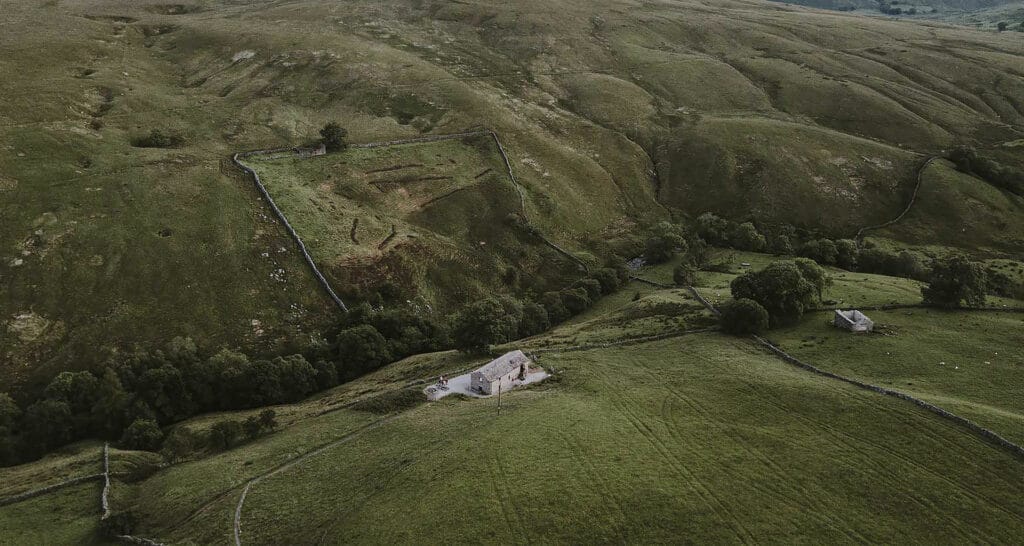For all homes and businesses without superfast broadband that cannot be connected under the latest CDS contracts, we will work with the government and the commercial sector to try to find alternative solutions.
Options may include the use of vouchers to fund connections, securing additional government funding or inclusion in the National Gigabit Programme, or attracting commercial investment.
Better connection

Connecting communities
Connecting Devon and Somerset has also helped a number of communities through its Community Challenge Fund, including Topsham in East Devon, Harford and Lower Combe in South Devon, Churndon in West Devon; and Skilgate, Upton, Huish Moor and Huish Champflower in West Somerset.

What you may need to know
-
What's the difference between superfast and ultrafast broadband?
Across the country, there are different interpretations of superfast broadband. For the purposes of the Connecting Devon and Somerset programme, we are defining superfast broadband as anything with speeds in excess of 24Mbps for phase one and 30Mbps for phase two, in line with central government’s definition.
Read more Read lessUltrafast broadband is defined as a connection with speeds of more than 300Mbps, but less than 1Gbps (one gigabit per second, or 1000Mbps) and is also known as Gigabit capable broadband.
Ultrafast broadband is delivered via fibre optic cables from the nearest exchange to the premises. -
Explaining Fibre to the Premises and Fibre to the Cabinet
Fibre to the premises (FTTP) is full fibre broadband that is connected directly to your home instead of broadband that comes from a cabinet and serves a specific area, which is referred to as Fibre to the Cabinet (FTTC).
Read more Read lessFTTP uses fibre optic cables directly from the broadband exchange making it faster and more reliable than copper wire.
